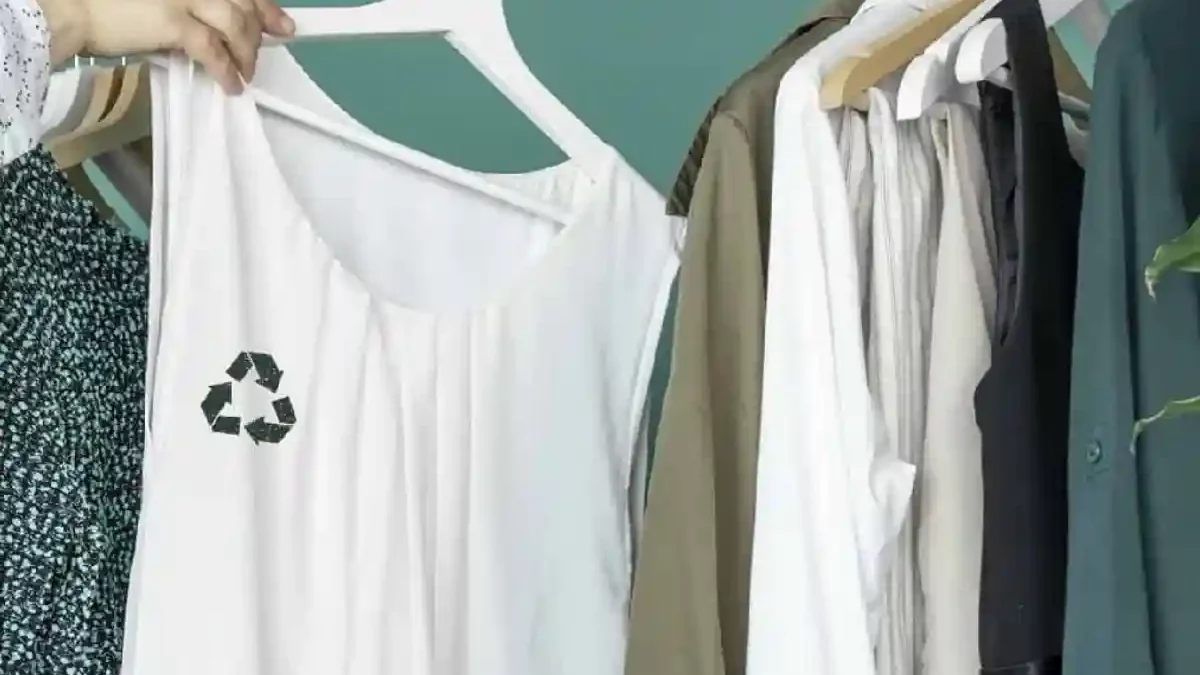Recently, the fashion industry has witnessed a significant change with the rise of sustainable fashion. This paradigm shift has been driven by growing awareness among consumers about the environmental and social impacts of the fashion industry.
Sustainable fashion encompasses an approach that considers the entire lifecycle of clothing and accessory production. It starts from their design planning to disposal, and along the process, manufacturers try their best to minimize harming the environment.
Let’s explore the latest trends and innovations in sustainable fashion and how these transformations shape the industry.
Table of Contents
Designers Bring Eco-Friendly Materials to Fashion
Designers introduced sustainable fashion by using eco-friendly materials that offer several advantages.
Eco-friendly materials eliminate harmful chemicals and require less water and energy, resulting in a lower carbon footprint. For instance, organic cotton is cultivated without synthetic fertilizers and pesticides, which helps protect the soil. Hemp is also a known sustainable material; it uses less water to grow. Both of these materials prevent water pollution and preserve biodiversity.
Besides using crops and raw materials for their fashion products, some designers and manufacturers use recycled polyester from post-consumer plastic bottles. It diverts waste from landfills and reduces the demand for virgin polyester production; this addresses the global challenge of plastic pollution.
You can already see several brands using sustainable materials to show their commitment to their environmental responsibility. Some brands, such as Patagonia and Adidas, use recycled materials for clothing and shoes. By using plastic bottles in high-quality fabrics and shoes, these brands show that sustainable materials are both functional and fashionable.
Another brand, Reformation, incorporates organic cotton, Tencel (a sustainably sourced fiber), and dead stock fabrics (unused fabric from other fashion houses) in its collections.
These brands showcase how sustainability and style can go hand in hand, debunking the notion that sustainable fashion compromises aesthetics.
Brand Initiatives on Upcycling and Recycling
Upcycling and recycling initiatives are key components of sustainable fashion; they promote the reuse of materials and reduce waste. Upcycling involves transforming discarded materials or garments into new products with higher value, while recycling refers to converting waste materials into new materials. These practices not only divert waste from landfills, but also encourage creativity and design innovation.
Fashion designers and brands are exploring various upcycling techniques to breathe new life into pre-existing materials. For example, denim jeans can be repurposed into tote bags or vintage fabrics can be transformed into patchwork designs. This approach reduces the environmental impact of fashion and adds unique and one-of-a-kind elements to garments.
Creative design approaches, such as zero-waste pattern cutting, aim to minimize fabric waste during production. By carefully planning pattern layouts, designers can optimize fabric usage and reduce scraps.
Fashion brands are increasingly establishing recycling programs to facilitate the circularity of materials. For instance, H&M offers a garment collection initiative where customers can bring unwanted clothing to their stores, which is then recycled into new textiles. These initiatives encourage consumers to actively participate in the circular economy and reduce fashion’s environmental footprint.
Sustainable Fashion Brands Emerging
The rise of sustainable fashion has paved the way for the emergence of numerous innovative brands dedicated to promoting eco-friendly practices. These brands prioritize sustainability in their core values and adopt innovative approaches to design and production. From small independent labels to established fashion houses, sustainable fashion brands are driving positive change in the industry.
Besides sustainable materials and manufacturing practices, innovative business models are reshaping the fashion industry. Rental and subscription services have gained popularity, allowing consumers to access a rotating wardrobe without needing constant purchases. This reduces the demand for new clothing and promotes a more sustainable approach to fashion consumption.
Furthermore, some brands have adopted a “closed-loop” model, where they take back and recycle their products at the end of their lifecycle. These innovative models encourage a shift from the traditional linear fashion model to a more circular and sustainable one.
Consumer Awareness and Conscious Fashion Choices
Consumer awareness of environmental and social issues in the fashion industry has been steadily increasing. From the harmful impact of fast fashion to the exploitation of garment workers, consumers seek alternatives that align with their values. Sustainable fashion allows consumers to make conscious choices and contribute to positive change.
But, besides choosing a sustainable brand, consumers should know about laundry basics. Not knowing the basics will damage and shorten the lifespan of your clothes. Being conscious of fashion does not stop at choosing a brand that uses sustainable materials, it also includes how you take care of your clothes. If you need help caring for your clothes, call a laundry expert, and they will help you.
Future Growth and Challenges of Sustainable Fashion
The rise of sustainable fashion signals a positive shift in the industry, with increasing adoption of eco-friendly practices and materials. As consumer demand for sustainable options grows, the sector is poised for further expansion. This growth has the potential to drive significant positive environmental and social impact.
Despite progress, several challenges and obstacles hinder the complete transition to a sustainable fashion industry. These include the high cost of sustainable materials and manufacturing, greater supply chain transparency, and changing consumer behaviors ingrained in fast fashion consumption.
Final Takeaway
The rise of sustainable fashion has ushered in a new era of eco-friendly trends and innovations. As consumer awareness grows and brands continue to embrace sustainability, the future of fashion looks promising. By supporting sustainable fashion, individuals can contribute to a more responsible and conscious industry where style and sustainability go hand in hand.

